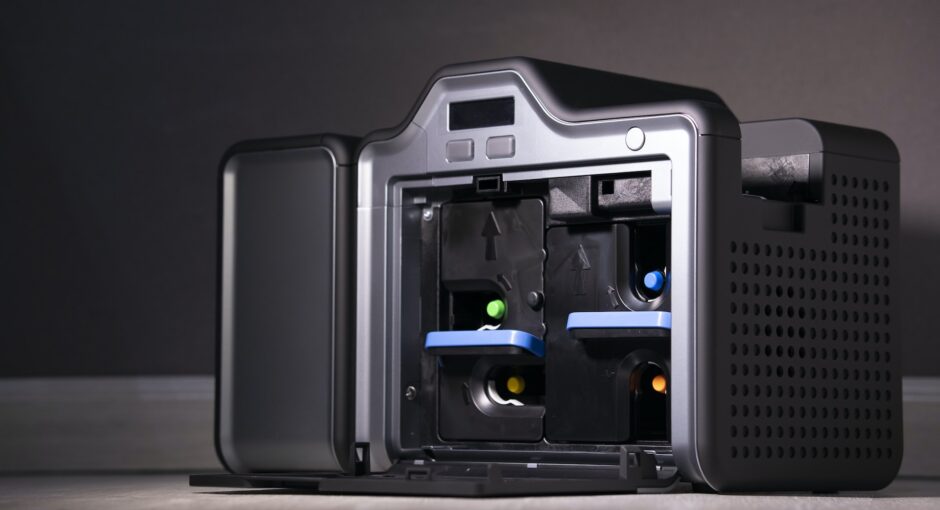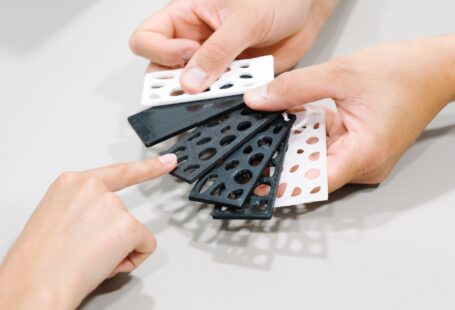3D printing technology has been rapidly evolving over the past few decades, and it has become an increasingly important tool for producing quickly and precisely elements with complex geometries. One of the most recent advances in 3D printing is the use of thermoplastic polyurethane (TPU) in flexible 3D printing.
TPU is a thermoplastic elastomer which is used in a wide range of applications, from footwear to medical implants, and it has become a popular material for 3D printing due to its unique combination of strength, flexibility, and low cost. TPU is a type of polyurethane which is composed of two different polymers, polyether and polyester. It is a thermoplastic which means that it can be melted and reshaped multiple times.
Advantages of TPU in 3D Printing
TPU has several advantages when it comes to 3D printing. The first is that it is easy to print with, as it is less prone to warping and deformation due to its flexible nature. It is also extremely strong, making it suitable for producing parts which need to be durable and resilient. Additionally, TPU is relatively affordable when compared to other materials, making it a cost-effective option for 3D printing.
Applications of TPU in 3D Printing
TPU is becoming increasingly popular in the 3D printing industry due to its versatility and range of applications. It is often used to print parts which require flexibility and durability, such as medical implants, prosthetics, and sporting goods. It is also used in the automotive industry for printing flexible car parts, such as gaskets and seals.
Conclusion
In conclusion, TPU is an ideal material for 3D printing due to its flexibility, strength, and affordability. It is becoming increasingly popular in a wide range of industries, from automotive to medical, and it is proving to be an invaluable tool for quickly and precisely producing complex parts and components.





